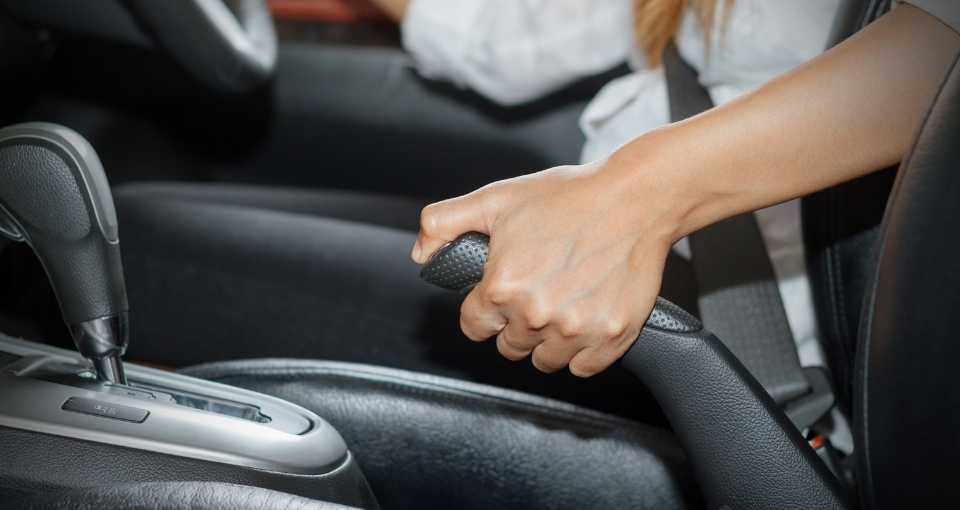Parking a car on an incline has been known to end in disaster. We have all seen those internet videos of runaway, driver-less cars because of incline parking! While this is usually driver error where the car was incorrectly parked and the parking brake not set properly, are there any circumstances that would make incline parking to be unsuitable or damaging to your car?
It is not bad to park your car on an incline, and it will not harm your car to park in these locations as long as you follow the correct parking procedure. These procedures will allow you to park on an incline safely and make sure your car stays where you parked it. These methods can differ between automatic transmission vehicles and manual vehicles.
Parking your car on a steep incline can be an anxious moment for many drivers. I am the thought of whether the car will still be in the same place or not when we get back has passed through all of our minds when we have parked in such a location.
In many cities in the world, incline parking is a natural part of life because of the hilly terrain that the cities are built on, but for those who do not park on an incline on a regular basis, hill parking can be a challenge!
Will Parking On An Incline Damage Your Car?
Motor vehicles have been designed to handle most of the situations and conditions that we would most often encounter on our roads. Incline parking is one of those road conditions that car manufacturers considered and built the appropriate engineering solution into the design of the car to overcome the situation.
Since the parking brake mechanism is designed to hold the weight of the car, there is no danger of damaging the parking brake system by parking on an incline. The mechanism is designed for repeated use and should be activated every time you park your car, whether on an incline or on a flat surface.
What is important is making sure that your parking brake mechanism and the brakes on your car are well maintained and in good working order.
There may be some wear and tear on the parking brake mechanism each time you use it, but parking on an incline will not increase the wear on these components.
The more likely event that will damage your car is if you park it on an incline and forget to engage the parking brake, or don’t take additional steps to keep the car where it is should the parking brake mechanism fail.
How Do Parking Brakes Work?
A parking brake is a system that activates the rear brakes of a vehicle and keeps them activated while the car stationary to hold it in place. The rear brakes can be disk brake systems or drum brakes, and activating the parking brake will force the pads or brake shoes onto the braking surface, the drum or disks, to effectively prevent any movement of the back wheels.
The mechanism that activates the parking brake can be a cable system or an electronic system. With a cable system, the driver of the vehicle will pull up a lever that puts tension on the cable and activates the brake.
If the system is electronic, there are usually two variations. In one type, a cable is still used, but the difference is that the driver has a button to press as opposed to a lever to pull. The button activates a motor that tensions the cable.
In the second electronic version, there is no cable at all, and the brake mechanism is totally run by electric motors that push the brake shoes or pads onto the brake disk or drum.
With some car models with the electronic versions, the parking brake can be set to activate automatically when your car comes to a stop. This helps to prevent accidents caused by drivers forgetting to engage the parking brake when they park their car.

The Park Function Is Not The Parking Brake
The park function on a car with an automatic transmission is not to be mistaken for a parking brake. This is a mechanism in the transmission which inserts a metal piece termed a pawl into the transmission, which prevents the transmission from engaging and, thus, the car from moving.
If you park on an incline and engage the park function without engaging the parking brake, the entire weight of the car is held by the pawl, which can cause damage to this part over time and require costly repairs to the transmission.
The correct method of stopping a car with an automatic transmission is to stop the car, engage the parking brake, and only then put the car’s transmission in park. Doing it this way allows the parking brake to take the weight of the car, instead of just the pawl taking the full weight on its own.
The parking brake is intended for this function, and using the two systems in this way prevents any unnecessary wear and tear on the transmission. It does provide you with some insurance, however, since if the parking brake fails, the transmission should hold the car.
How To Correctly Park Your Car On An Incline
Parking your car correctly on an incline is not something that is taught correctly or thoroughly in every country’s driving test requirements, but it is an important aspect of the safe operation of a motor vehicle.
On very steep slopes, you should not rely on the parking brake alone to keep your car in place. If your parking brake is weak, the car could roll, or if it fails, there is nothing else to stop the car from rolling down the hill.
There are strategies that you can use in your parking that will effectively stop your car from rolling away down the hill, even if your parking brake mechanism fails.
Nose Up Incline Parking
In the situation where you need to park your car on an incline with the front of the car facing up the hill, try and park with your rear wheels fairly close to the curb. Once you are in your parking position, turn your front wheels towards the curb as far as possible before you remove the key from the ignition.
Most cars have a steering lock, and the steering lock will lock your front wheels in this position when you remove the key.
With your front wheels in this position, should your parking brake fail and the car starts to roll backward, the front wheels will direct the back wheels towards the curb, and once the back wheel touches the curb, the car should stop.
If you have a manual transmission car, put the car in first gear. This will make it difficult for the car to roll backward since the first gear is a forward motion gear.
Nose Down Incline Parking
In the situation where you are parking your car on an incline with the front of the car facing down the hill, the car will what to roll forwards should the parking brake fail.
Once again, when you have your car parked, turn your front wheels as far as you can towards the curb. As usual, engage the parking brake and put the car’s transmission in park and switch off the car and remove the key with the front wheels still turned towards the curb.
This will lock the wheels in this position, and if the parking brake fails, the car will roll forwards into the curb, which should arrest any further forward motion.
If you drive a car that has a manual gearbox, you can put the car in reverse gear before switching the car off. Reverse gear is a stronger gear and will hold the car and prevent it from rolling forward should the parking brake fail.
On a steep hill, a manual car placed in first gear can still roll forward since the first gear is a forward motion gear, and the weight of the car combined with gravity can overcome the inertia.
Conclusion
Parking your car on an incline is not necessarily bad for your car, and the engineering of your car has methods to cope with this situation.
What will damage your car parking on an incline is if you do not park it correctly on the incline. Don’t rely only on the parking brake. These mechanisms can wear to the point that they do not work properly on steep hills, or they could fail completely.
Always take the extra precautions when parking your car on an incline, and you won’t have any problems that will cause damage to your car or anyone else around you.
